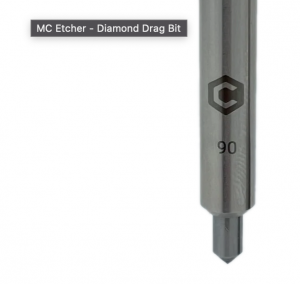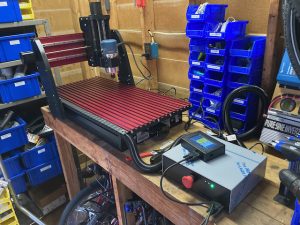At my old house I had all manner of storm preparations in place. We moved here in July of 2021 which gave me several months before the Winter Storm of January 2022 hit.
I, as they say………Screwed The Pooch.
Fortunately for me the power never went out because if it had I wasn’t quite ready for it. My biggest indiscretion was that I own a 9500 watt, 50 amp generator. That is essentially enough power to run your whole house in a storm.
At my old house I had a 7500 watt, 30 amp generator. I ran my whole house EASILY with that. And while this is a much larger house with mostly all electric appliances…………you pick a floor to live on. Upstairs or Downstairs. Actually the heating system downstairs runs on gas. So if we stay downstairs, which we mostly do anyway………….we’d never miss a beat.
So when we moved here I decided to hook a PBN50 Power Inlet Box up to the house.
- 9500 watt, 50 amp generator – ✔
- 50 amp power inlet connector – ✔
- Cord to hook them together – X
Shit.
Continue reading




